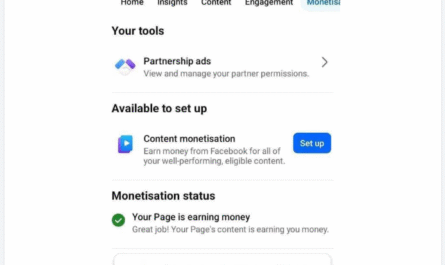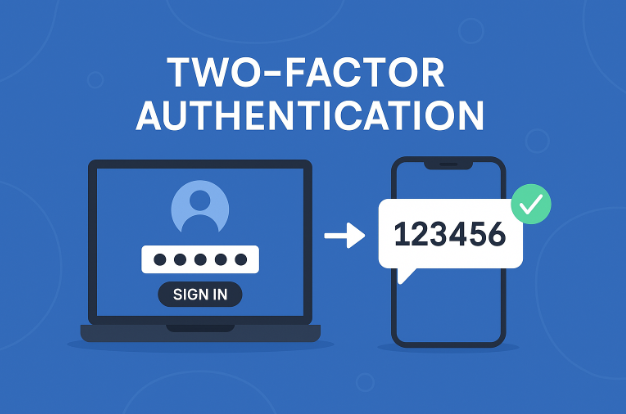Multi-factor authentication (MFA)
Multi-factor authentication (MFA) is a security mechanism that requires users to provide two or more verification factors to gain access to a resource, such as an application, network, or system.
The goal of MFA is to add an extra layer of protection by ensuring that even if one factor (like a password) is compromised, an attacker would still need additional factors to break into the system.
MFA typically involves combining elements from these three categories:
- Something you know – A password, PIN, or a security question answer.
- Something you have – A physical device such as a smartphone, security token, smart card, or an authenticator app.
- Something you are – Biometric factors, such as fingerprint scans, facial recognition, or voice recognition.
To successfully authenticate, a user must verify their identity using at least two of these factors.
There are different forms of MFA, including:
SMS-based or email codes: After entering your password, a one-time passcode (OTP) is sent to your phone or email that you must enter to complete the login process.
Authenticator apps: Apps like Google Authenticator, Microsoft Authenticator, or Authy generate time-sensitive codes on your device.
Hardware tokens: Physical devices that generate a code or connect via USB, often used for high-security environments.
Biometrics: Fingerprints, retina scans, or face recognition that provide unique and difficult-to-replicate identifiers.
Why Use Multi-factor authentication (MFA)?
- Enhanced Security:
MFA reduces the risk of unauthorized access by requiring more than just a password. Even if an attacker obtains one factor (e.g., a password), they will still need the additional factors to gain access.
- Protection Against Common Attacks:
Phishing: Even if an attacker steals your password via phishing, they would still need the second factor to access your account.
Credential Stuffing: If your password is part of a known data breach, MFA can block access even if the attacker knows the password.
Brute Force Attacks: Even if a password is weak, the additional authentication factors make it harder for attackers to guess.
- Compliance:
Many industries have regulatory requirements that demand the use of MFA for certain systems. For example, financial services, healthcare, and government agencies often require MFA for access to sensitive data. Standards such as the Payment Card Industry Data Security Standard (PCI DSS) or HIPAA often require the use of MFA.
- User Trust:
Users are increasingly aware of the dangers of weak passwords, and MFA can provide assurance that their accounts are better protected.
The use of MFA dramatically enhances security by reducing the risk of unauthorized access, even if login credentials are stolen or leaked. It’s especially important for sensitive applications such as online banking, corporate systems, and email accounts.






